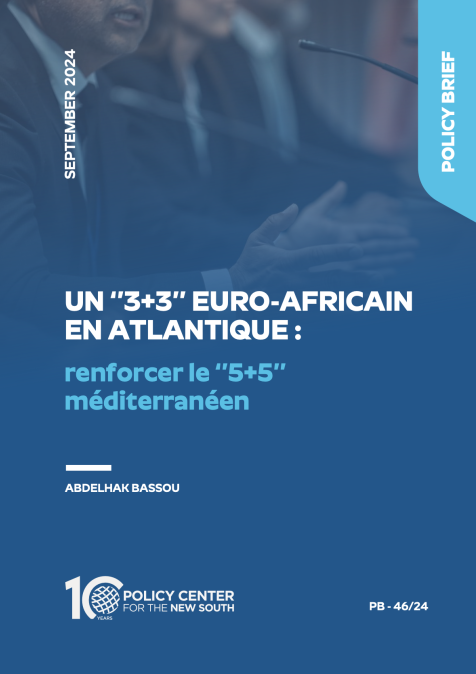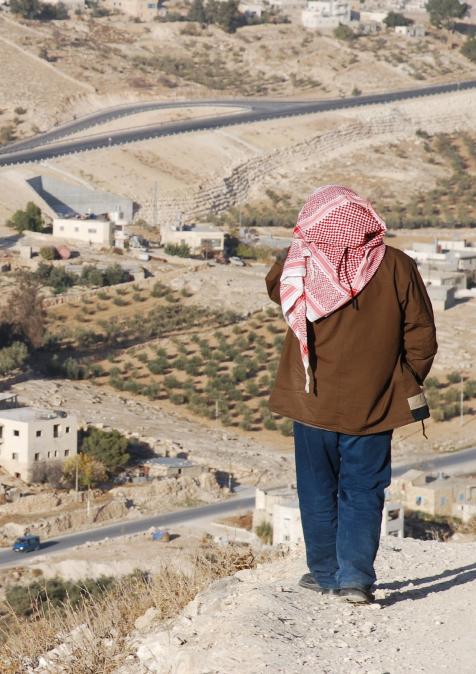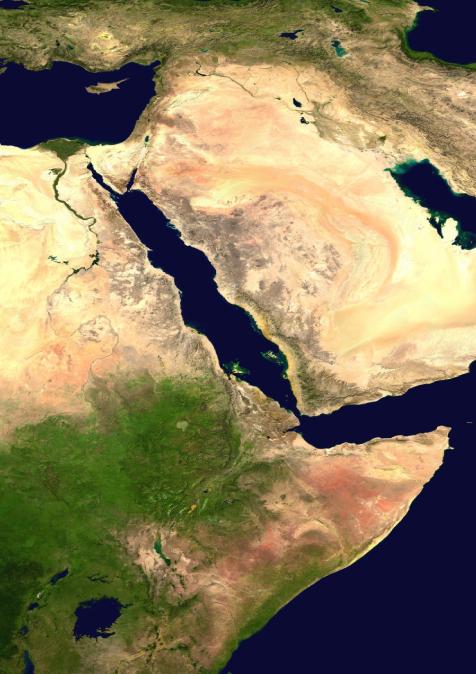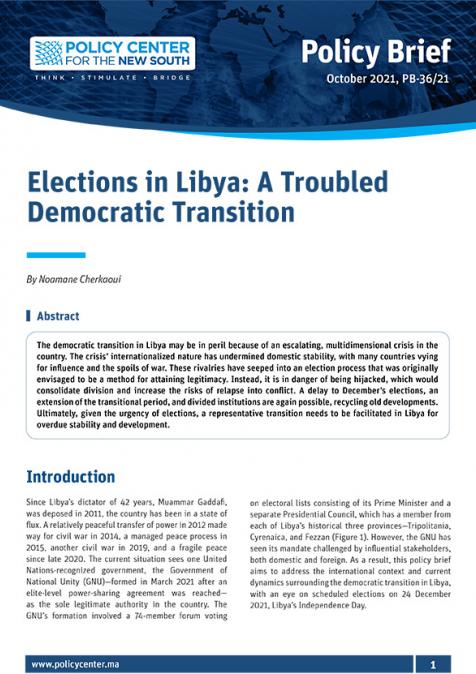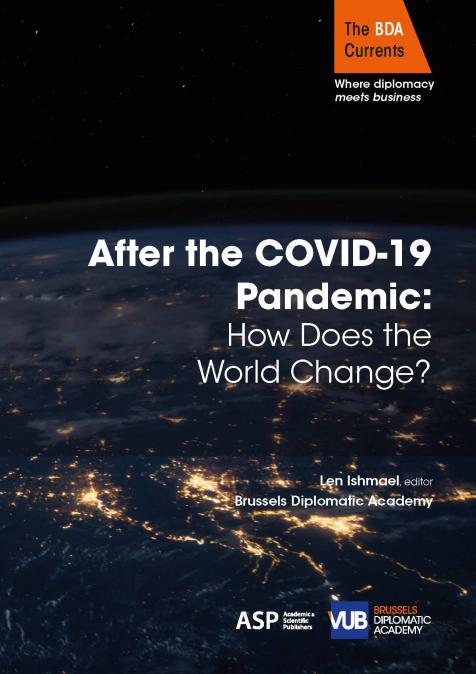Publications /
Opinion
He wore sunglasses. A traditional red and white checkered headscarf, a Bedouin Arab keffiyeh, covered his balding head. His combat uniform was khaki colored. When my host sat down he clamped his Kalachnikov with two hands, tucking the weapon to his chubby body, 5 feet and 4 inches in all. He was unshaven, with his famous three days beard. The tent was surrounded by armed guards, since we were meeting (in secret) in the Jordan Valley, near the Israeli-Jordanian border. Caution was advisable, since the Bedouin warriors of King Hussein were unpredictable (forcing Arafat’s troops to leave in 1970), and the Israelis were forever ready to ignore borders- they came to kill.
I was introduced to Abu Ammar, who decades later entered history books as Yasser Arafat. A legend, a symbol of Palestinian dignity and violence, which he renounced in 1988, a man of hope and missed opportunities. His interpreter was a Palestinian student, educated at the Technische Hochschule in Germany’s town of Darmstadt. Arafat spoke limited English and his Arabic wascolored with an Egyptian accent, since he was born in Cairo in 1929. Our interview, that lasted almost two hours and was registered on a “Uher” tape recorder, was the most extensive the leader of the El Fatah movement had ever given to that day to a foreign reporter. He was 39, and not yet known outside Palestinian and Arab revolutionary circles. I was 26, and a reporter for Europe’s best known and influential newsmagazine “Der Spiegel”. By that time, I was travelling a lot in the Middle East, either invited by King Hussein to fly with him to a visit of the Saudi King in Jeddah in 1967, or meeting Saddam Hussein ‘s predecessor Ahmed Hassan el Bakr for an interview in Baghdad, or meeting the Emir of Qatar who gave me an hour in his palace in Doha after his return from a falcon hunt in Afghanistan. The expensive wristwatch the Qatari ruler handed me after the interview as a “sign of appreciation of your interest in our progress” was auctioned off by Der Spiegel (to avoid any suspicion of corruption) to help a homeless center in Hamburg.
Yasser Arafat was often moody, reacting to critical questions about his strategy and attempts to reach an independent state of Palestine through violence, with the comment: “are you an agent of the Zionists?” or: ”your arguments are pure propaganda of our enemies”. He did not like to be asked of his place of birth either, and at times he declared “the old city of Jerusalem”, then again “Gaza” and when Cairo was mentioned he just said: “my father is from Gaza, my mother from Jerusalem”. Possibly he felt rejected for not presenting the same roots as the desperate people he decided to liberate. At times, he insisted to be a refugee himself: “do you know what it means to be a refugee? I am a poor and helpless man. I have nothing, for I was expelled and disposed of my homeland”. He spoke for his people, reflected their pain, although in the early decades of his life Yasser Arafat never touched Palestinian land. The symbol of Palestinian resistance never witnessed in person the collapse and dispersion of Palestinian Arab communities in 1948, during the historic traumatizing days and months of AL NAKBA, the disaster of defeat against the Jewish enemy.
70 years ago. The creation of the Jewish State. The uprooting, the oppression of the Palestinian people, who still in 1968 “did not exist” for Israel’s Prime minister Golda Meir. Palestinians were considered as non people, without ancestral homeland, but just ghosts in the desert. Apparently they just existed without history on land west of the Jordan, and “Palestine” was only used as the official political title mandated to Britain in 1920.
At our rendezvous I certainly did not expect Arafat to turn into an historic figure, or to a living legend received by pope John Paul in Rome, and honored (together with Ytzak Rabin and Simon Perez) with the Nobel peace prize, which brought illusions but no peace. Years prior to the celebration of a peace deal, the later chairman of the Palestinian Liberation Organization (PLO) was allowed to address the United Nations in November 1974. He said: ”I have come bearing an olive branch and a freedom’s fighter gun. Do not let the olive branch fall from my hands”. For a moment it seemed like the Palestinian leader, uncharacteristically shaven and dressed in a brown shirt without a tie, had spoken in front of the world community armed-but his holster, covered by a bulking windbreaker, was empty.
My first interview with Arafat, which he and his advisors were allowed to read and correct prior to publication to avoid any mistakes through translation and editing, turned into an international scoop: suddenly a genuine symbol of Palestinian resistance and hope had a face. Israel’s newspapers and the Hebrew press printed the photos of the interview on their front pages. They also asked permission to publish pictures of a Fatah training camp which I did visit, and where I took, with a simple throw away camera, few photos of recruits crossing simulated minefields and carrying their arms through rivers, jumping through fire, crawling under barbed wire.
Again and again, Arafat’s statements were printed: “I believe in our revolution and victory. We are certain to regain our stolen land”, and “we do not believe in compromise, we think of nothing else but a revolution until victory”. The interview was published in June 1968. On this day 50 years ago. Half a century of missed occasions, dramatic oppression, missiles, debates, napalm, executions, more widows and orphans, promises, hijacking, destruction, death, starvation, depression, assassinations, torture and more conflicts reaching barbarism and collective delirium, and the seemingly uncontrollable ecstasy of violence. 70 years after the first war between Arab nations and Israel, whose creation was decided by the United Nations and rejected by its future Arab neighbors. They did not want the UN plan of an independent Jewish State in their midst and they did not accept the plans dividing Palestine. Hundreds of thousands of the estimated 1.3 million Palestinians were uprooted or just escaped in fear. The inhabitants of many Palestinian villages fled to Gaza, some stayed in the west bank, accepting Jewish occupation of their farms and modest dwellings. Because of the wars and the blockades, the Palestinian society is in never ending transition, living in refugee camps, whose tents turn into huts, one day into modest houses, then again being destroyed by enemy forces or settlers, remaining destabilized and without option for a future in human dignity and freedom.
Exit verboten. Entry controlled. The only constant, German author Alexander Osang stated, “has been the feeling of great injustice that began 70 years ago, on Nakba day”. How many shootings since then, how many suicide bombers, how many Palestinian leaders captured and jailed without trial in Israel’s high security system? There is no official capital for the Palestinians anymore: East Jerusalem remains as a dream. Forget it. It has been taken out of negotiations by the President of the United States, who feels, contrary to International law, that he should hand Jerusalem as capital to Israel. No talks needed. The US embassy is installed there as just a new building, gigantic, needs to be constructed. New York Times’columnist Michelle Goldberg stated: “the juxtaposition of images of dead and wounded Palestinians and of Ivanka Trump smiling in Jerusalem like a Zionist Marie Antoinette tell us a lot about Americas relationship to Israel right now”.
What about Palestine? What about Gaza, an open air prison, probably the largest in the region. A Kafkaesque drama, impenetrably oppressive. The economy has disappeared since prisoners seldom find work behind bars, 43 percent of the workforce is unemployed and 80 percent of the population lives off the United Nations, schools included. Youth unemployment: 70 %. Are they angry, frustrated? No doubt. Are they willing to throw rocks at Israelis? Ready to stab Jewish civilians, or blow themselves up? What else is there to do to be remembered, for some seconds, in history as a hero? Gaza’s citizens sit in a cage (since Israel, which occupied Gaza in 1967 retreated after the PLO-Israel accord in 1994), surrounded by fences on three sides. On the other side Palestinians can see the sea, in which they can’t swim, because it is polluted by unfiltered sewage coming out of Gaza. They are estimated to be 500 000 inmates, observed by drones, controlled by the enemy who blows up tunnels dug by Hamas militants and smugglers.
Israel controls electricity supplies and water, it answers rocket attacks by Hamas with devastating destruction from the air and by artillery. They engage local spies and infiltrate with their own secret units, disguised as locals. The Israelis were prepared for the attempt by Hamas to organize a mass crossing into Israel, named “Great march of return” -ten thousands, many from the large refugee camp of Jabalia, would from march 30th onward, week after week, gather in tent cities, edge towards the fence, for six weeks, including ramadan. Reach the fence and march towards your stolen land: that was the mission, which was almost impossible. Would they be able to reach the new United States embassy, just 60 miles away? The demonstrators are determined to overcome the snipers position. Black smoke darkens the battle zone, the result of tyres burning and used to blind the enemy. A few hundred yards and the first flag bearer falls, shot at the feet or ankles. Yaser Murtaja, a Palestinian journalist with a clearly marked PRESS on his blue flak jacket, is hit in the abdomen and dies hours later. Four of his colleagues are also hit- documentary of Yaser Murtaja, the “Great return”, will never be aired. More than a hundred civilians, most of them unarmed, are killed by Israeli gunmen, and about 3500 people are wounded during those repressive days. Among them more than 500 under-aged children, and Layla Ghandour, an eight months old baby, who inhaled acrid gas fired by the defenders of Israel’s border and died. A casualty of Israeli brutality or an accidental death, since the baby suffered a congenital heart disease? For Hamas, the radical group, which administers Gaza, supported by Tehran and the Lebanon based Hezbollah, it’s a fruitful happening for its propaganda -the photo of the baby, draped by her father in a Palestinian flag, a “potent political symbol” (New York Times”), is distributed worldwide. “Nothing has been done to avoid a bloodbath,” observed the Israeli military expert Amos Harel in “Haaretz”, one of Israel’s leading daily’s, and ”it is certain that our military have a lot of explaining to do”. Without doubt the orders were clear-no infiltration, no breakthrough. Not at a time of celebration at the US embassy in Jerusalem.
Isaak Herzog, leader of the left/ center opposition said in Israel’s Knesset: “events in Gaza are very serious, painful and difficult, but I must say one thing in all fairness, to whoever is sending them to these protests-violence and force will not help you. Look at 70 years of history: you have not achieved anything from violence”. Nevertheless, Hamas is judging its “Great return march” as a success, despite almost 4000 wounded and killed citizens. Its leader, Ismail Haniya, declared: “we are living in the throes of victory and the beginning of the end of the humanitarian tragedy”. Certainly an optimistic extravagance -will Israel raise a white flag? Just part of a Kleenex? The Hamas leader hailed Egypt’s rare gesture of good will towards Gaza in opening its border crossing at Rafah, on the southern edge of the territory, for the holy month of Ramadan. At least the temporary opening would ease the eleven years long blockade of Gaza. Some hope. Yet not an independent state of Palestine in sight. Just more desperation, frustration and possibly an escalation towards another war. A Kafkaesque reality indeed, worse than any depressing novels.


